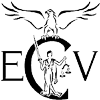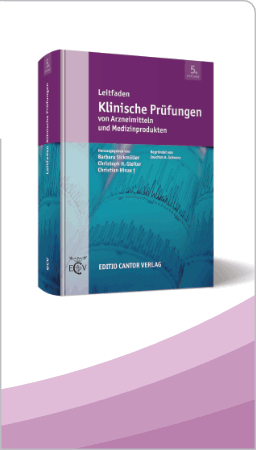Effect of Binders, Disintegrants and Their Interactions on Fluidized Bed Produced Tablet CharacteristicsApeenun Laohavichien, Bryan D. Olin, and Adel Sakr Industrial Pharmacy Program, University of Cincinnati Medical Center, Cincinnati, Ohio (USA) Dedicated to Prof. Dr. Wolfgang Suess, Universität Leipzig, Institut für Pharmazie, Pharmazeutische Technologie, Leipzig (Germany), on the occasion of his 60th birthday The effects of binder and disintegrant type, concentration and incorporation mode and their interactions on characteristics of acetaminophen tablets produced by top-spray fluidized bed wet granulation were investigated. The relationships between tablet properties and binder and disintegrant factors were studied by regression analysis. There were several statistically significant interactions between and among binder and disintegrant factors. Significant interactions between binder concentrations and binder types (p < 0.05) on tablet hardness and friability were observed. The effect of a disintegrant incorporation mode on disintegration time and dissolution time (t80) depended on a disintegrant type used. Tablets containing croscarmellose sodium showed the shortest t80 when disintegrant was incorporated as intragranular or combined mode. Tablets containing corn starch showed the shortest t80 when disintegrant was incorporated extragranularly. Based on the results of this study, the predicted combination of binder and disintegrant factors for the best tablet characteristics consists of 8.08 % w/w polyethyleneglycol (PEG) incorporated by wet mode and 4.1 % w/w croscarmellose sodium incorporated in combined mode. It is important to consider not only main effects but also their two-way interactions during fluidized bed granulation for predicting the effect of binders and disintegrants on tablet characteristics. Key words Binders · Disintegrants · Granulation, fluidized bed · Tablets |
|
|
pharmind 2000, Nr. 12, Seite 992




